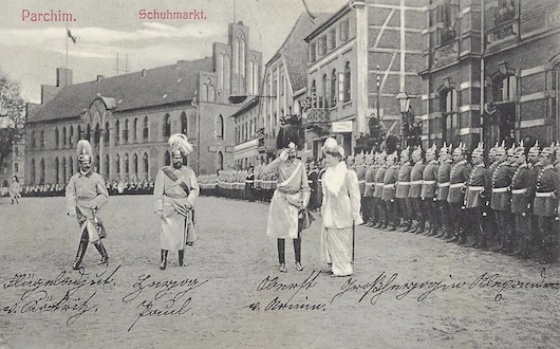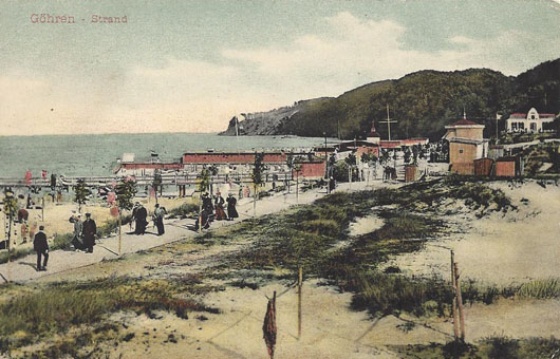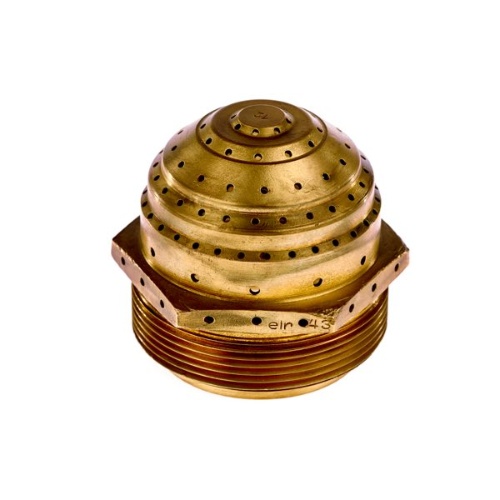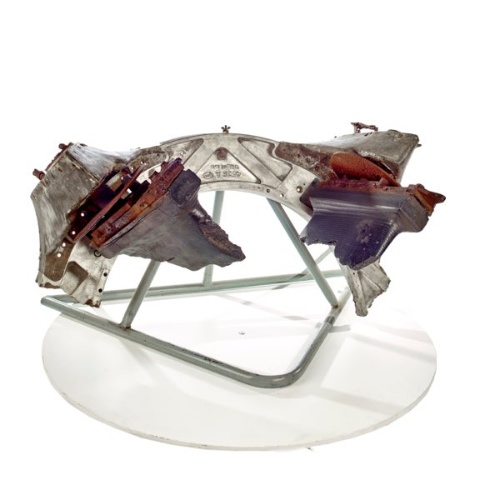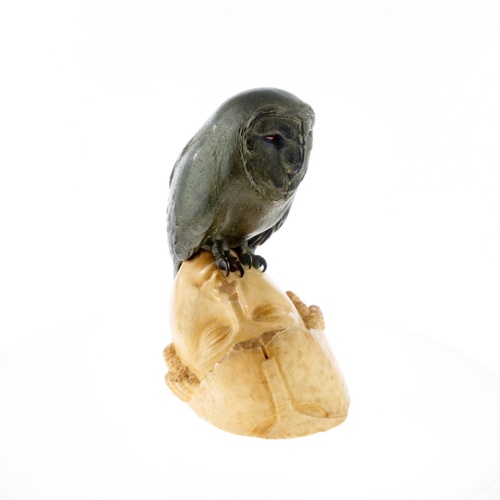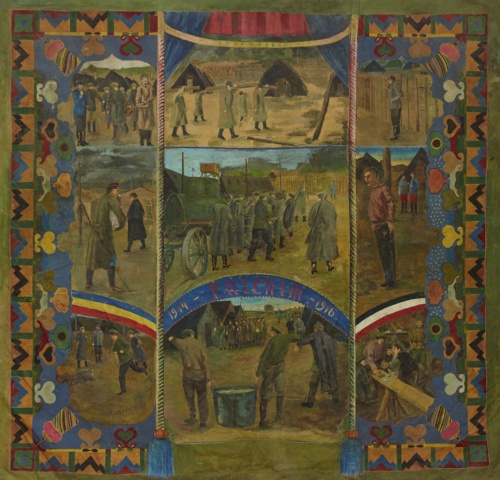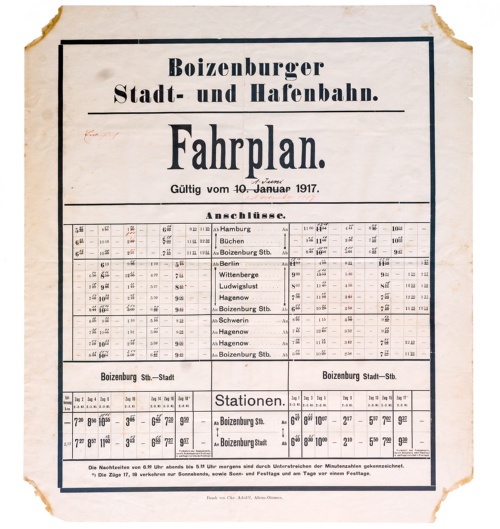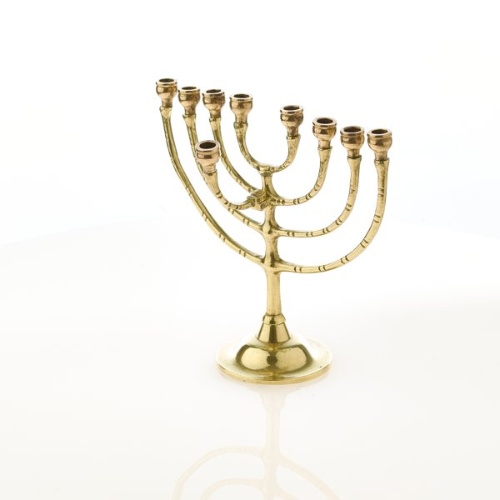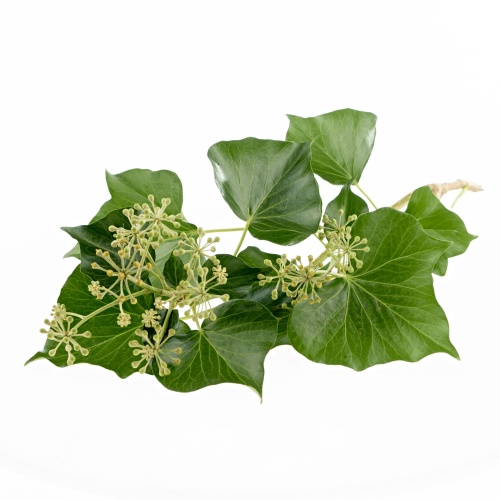The industrial centre of Szczecin achieves a leading position in Germany by 1914. With 230,000 inhabitants, it is the only large city in Pomerania. Rügen and Usedom become holiday centres with “spa architecture”. Swinemünde is the largest German Baltic seaside resort with over 40,000 guests.
The world's first virological research institute is opened on the island of Riems in 1910.
With the outbreak of the First World War, the 2nd Army Corps takes charge of Stettin. The entire food chain is placed under state control. Merchant vessels are requisitioned or scuppered. The industry is converted to war production.
The Imperial Family is stripped of the crown in the November Revolution of 1918. Councils of workers, soldiers and sailors seize power in several cities.
The first 'Pomeranian Catholics' Day' is held in Stettin in 1922. The Protestants elect their 'Pomeranian Provincial Synod'.
The Great Depression affects the agricultural and industrial sectors. Of the four shipyards in Western Pomerania, only the one along the Oder survives. The Vulcan Shipyard closes in 1927. Large farms own roughly half of the arable land. Approximately 57% of the population work in rural areas. Many estates survive only thanks to the “Eastern Aid Programme” or by being subdivided.
The government districts of Stralsund and Stettin merge in 1932. Hitler receives 43.1 per cent of the vote in Pomerania. The provincial government is disbanded in 1933. The university of Greifswald is renamed as the 'Ernst Moritz Arndt University' in 1933.
A concentration camp is opened at the end of 1933. In 1934, the “Protestant Synod of Confessions in Pomerania” appeared against the National Socialist Pastors' League under the leadership of the “German Christians”. 55 pastors are arrested. The Catholic schools are closed in 1938/39. The Jews in the government district are deported to occupied Poland in 1940, where almost all of them are murdered. Catholics are persecuted in the “Stettin case” in 1943.
The Rügen dam and the Prora seaside resort become prestige objects for the NS. Centres of aircraft construction are established. Peenemünde becomes a technology centre for explosive missiles. Forced labourers are employed in all of the factories.
War weariness spreads as the dead pile up and the Allies bombard cities. The Red Army overruns Western Pomerania in just five days. Around 375,000 civilians are displaced at the end of the war. Over 80 per cent of the territory, Stettin and Swinemünde fall to Poland.
The 'Soviet Military Administration' rules by decree. Administration is placed in German hands. Mecklenburg-Vorpommern exists from 1945 to January 1947.
The University of Greifswald opens again in 1946.
The armaments factories are dismantled. The food, energy and water industries recover slowly. The shipyards reopen for business. The construction sector flourishes around 1947.
By 1950, 4,007 farms have been dispossessed in Mecklenburg (including Western Pomerania). Positions for 77,178 new farmers are created, around half of them for refugees and exiles. 77,178 new farming jobs were created - half for refugees and expellees - and “Publicly Owned Estates” (Volkseigene Güter, VEG).
All religious communities seek inner reconciliation. Refugees from the East lead to a rise in the number of Catholics in Western Pomerania to around 100,000. Surviving Jews establish a regional community.
